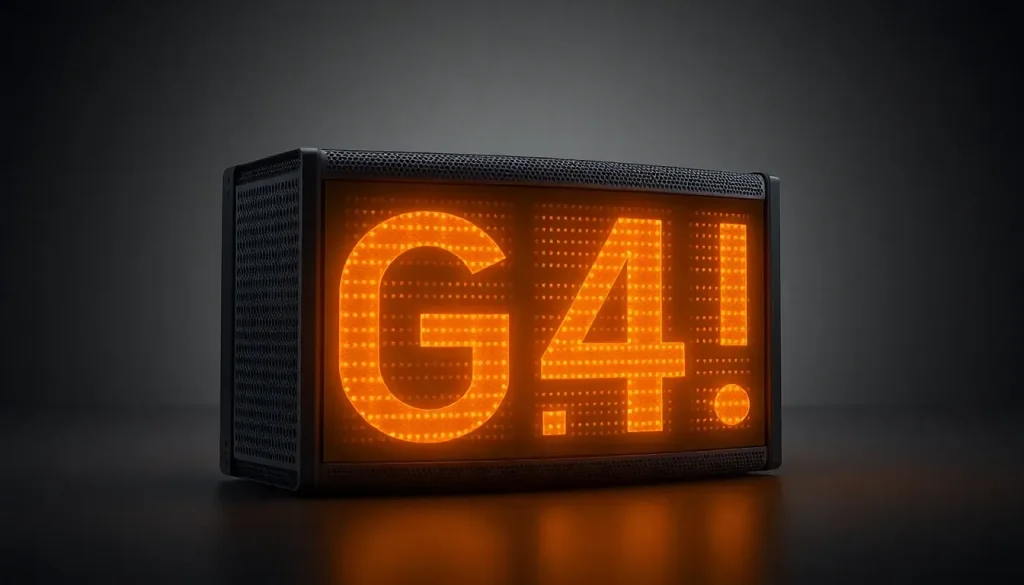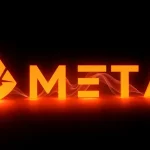Infinidat doubles InfiniBox capacity with G4 update

Infinidat, a prominent player in the enterprise storage solution market, has made significant advancements with its latest update to the fourth-generation (G4) InfiniBox arrays. These enhancements are poised to cater to the evolving demands of organizations that require robust, scalable, and efficient data storage solutions. The latest features include increased drive capacities, improved connectivity, and additional support for modern protocols, all designed to maximize performance and efficiency.
Advancements in InfiniBox G4 Arrays
The InfiniBox G4 arrays have undergone a comprehensive refresh that encompasses several hardware and software upgrades. Among the most notable changes are the support for larger disk drives, enhanced internal networking capabilities, and the introduction of a compact all-flash model. These improvements are geared towards providing enterprise customers with a more powerful and flexible storage solution.
- Support for larger 24TB disk drives, up from the previous maximum of 20TB.
- Introduction of a 78-slot drive enclosure, replacing the previous 60-drive configuration.
- Increased internal array drive connectivity with SAS-4 22.5 Gbit/s, upgrading from 12 Gbit/s SAS-3.
These upgrades culminate in an impressive increase in maximum capacity per InfiniBox rack, which is now capable of supporting up to 33 PB effective storage—a remarkable 92% increase from prior models. This enhanced capacity positions the InfiniBox G4 as a formidable option for high-capacity backup storage solutions among large enterprises.
Innovative Features and Performance Enhancements
Beyond mere capacity increases, the InfiniBox G4 arrays offer a suite of innovative features that enhance performance and reliability. These include a unique configuration of three controllers that ensure data reliability and availability. Additionally, the incorporation of Neural Cache technology provides rapid data access with response times as low as 35 microseconds, significantly improving operational efficiency.
The InfuzeOS, the operating system that powers the InfiniBox, has also received updates to support modern storage protocols. Notably, it now accommodates the S3 object storage protocol alongside existing protocols such as SMB/NFS, NVMe-F/TCP, and Fibre Channel. This versatility allows organizations to leverage various storage architectures seamlessly.
New Models and Competitive Pricing
The introduction of the F24 series has added depth to the InfiniBox lineup. The F24ST model, which supports SAS drives, starts at a capacity of 155 TB within a 14 RU enclosure. In contrast, the new F24NT model offers a more compact design with an 11 RU enclosure and a starting capacity of 77 TB, making it a cost-effective alternative with a 29% lower entry price. This new model supports NVMe-connected 16TB TLC-format SSDs, with plans to introduce larger QLC drives later this year.
Infinidat’s flexibility in configurations allows customers to purchase partially populated SSA arrays with predetermined capacity percentages—such as 60%, 80%, or 100%—making it easier to scale storage according to specific needs. This non-disruptive upgrade policy ensures that enterprises can expand their storage capabilities without significant downtime or additional costs.
Environmental Considerations and Energy Efficiency
In addition to performance and capacity improvements, Infinidat emphasizes its commitment to sustainability. The company claims that its systems consume significantly less power than competing solutions, such as Dell’s PowerMax. This focus on energy efficiency not only helps organizations reduce their carbon footprint but also lowers operational costs associated with power consumption.
- Lower energy consumption compared to competitors.
- Ability to implement green storage solutions.
- Enhanced performance per terabyte, translating to better power cost-efficiency.
Customer-Centric Approach and Future Enhancements
According to Eric Herzog, Infinidat’s Chief Marketing Officer, the company’s ongoing efforts to expand and enhance the InfiniBox G4 family are aimed at meeting the needs of enterprise customers and service providers. The array’s advanced capabilities facilitate larger data storage, simpler access to cutting-edge features, and improved capacity management. This approach not only optimizes rack and floor space but also addresses energy consumption, aligning with modern enterprise goals for efficiency and sustainability.
Furthermore, Infinidat is actively monitoring market trends and technological advancements. Herzog indicated that as new storage capacities emerge, such as larger drives, the company is prepared to test and integrate these innovations into its offerings, ensuring customers maintain access to the latest technologies.
Availability and Future Outlook
The newly supported 24TB disk drives are slated for availability in Q4 2025, along with the anticipated NVMe QLC flash modules in 30TB and 60TB capacities. These additions further solidify Infinidat’s commitment to staying at the forefront of the enterprise storage market.
Industry experts, such as Ashish Nadkarni from IDC, have highlighted that the progression of the G4 series is extending its appeal beyond existing customers and attracting new enterprise clients. The G4’s expansive capabilities are set to support a broader range of applications and workloads, ensuring that Infinidat continues to gain momentum in the competitive storage landscape.
For those interested in exploring the hybrid and all-flash InfiniBox product ranges, detailed datasheets can be accessed here: Hybrid InfiniBox Product Range and All-Flash InfiniBox (SSA) Product.
Conclusion
Infinidat’s advancements with the InfiniBox G4 arrays reflect a strategic response to the growing demands for scalable, efficient, and environmentally friendly storage solutions in today’s data-driven world. As enterprises continue to navigate the complexities of data management, innovations like those found in the G4 arrays will play a crucial role in shaping the future of enterprise storage.




Leave a Reply